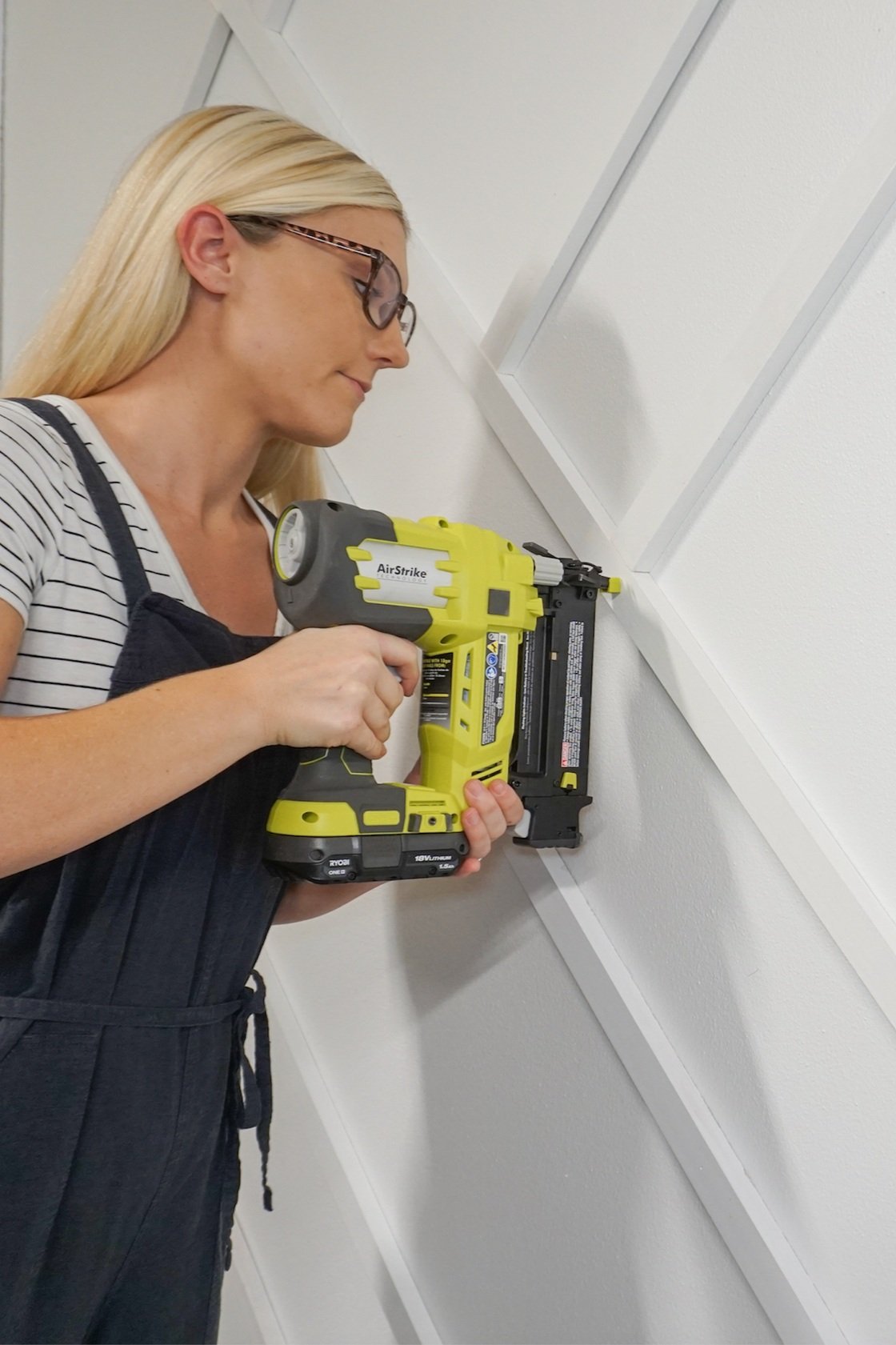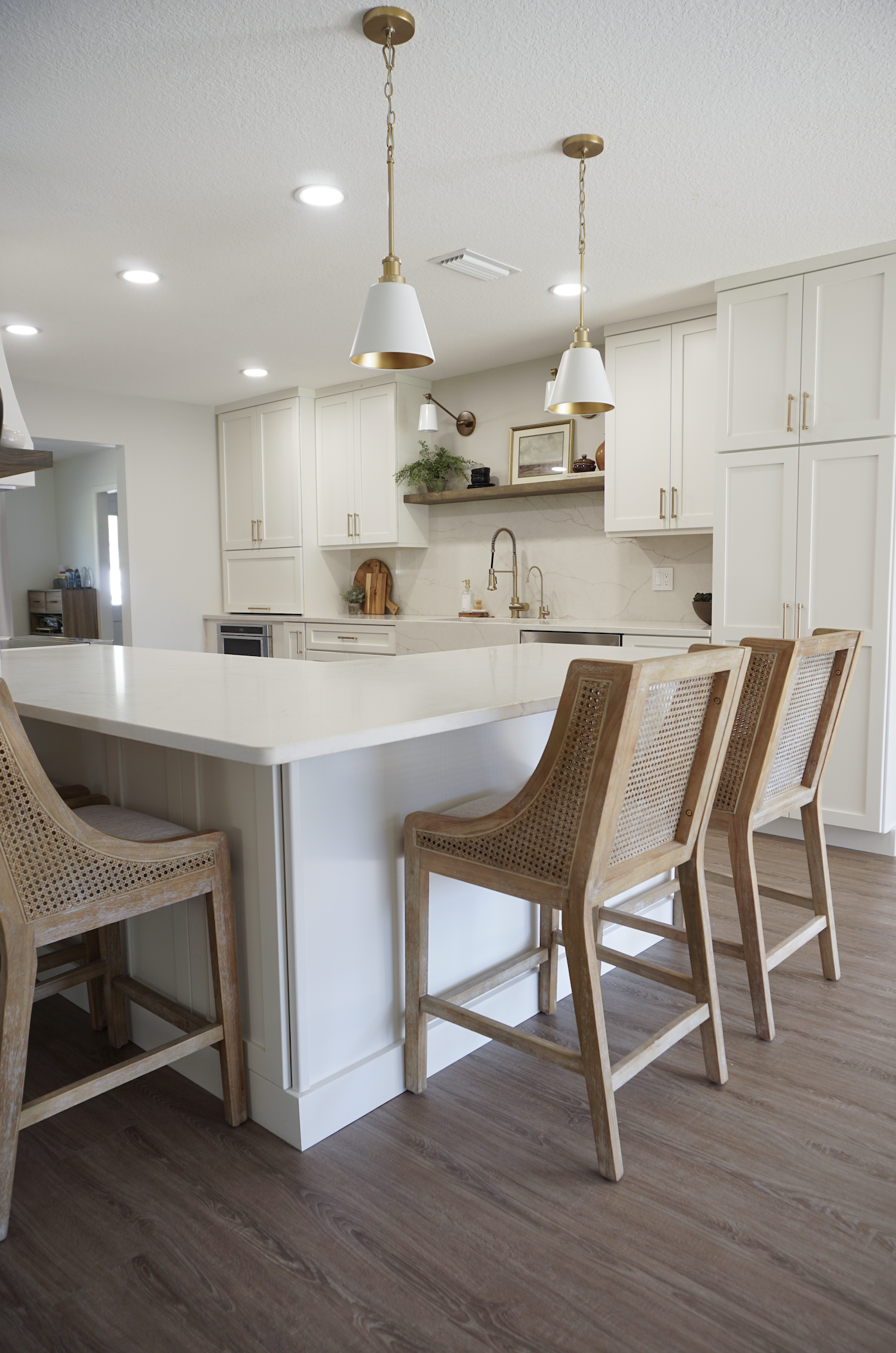A Guide to Planning for a DIY Home Renovation Project
Embarking on DIY home improvement projects is like setting out on a brand-new adventure—one filled with creativity, challenges, and the promise of transforming your living space into a dream that truly reflects your style.
Whether you're considering smaller projects like a decor revamp or a major renovation, proper planning is the key to success. In this guide, we'll explore essential tips for planning a home improvement project, covering budgeting, project management, finding inspiration, and addressing the inevitable challenges that come with DIY endeavors. Get ready to unleash your inner contractor, interior designer or builder, as we empower you to turn your home improvement dreams into a reality.
GETTING STARTED
Define Your Vision:
Before diving into the practicalities of a home improvement project, take the time to define your vision. What do you want to achieve with this project? Whether it's creating a cozy reading nook, updating your kitchen, or revamping your entire living room, having a clear vision will guide your decisions and keep you focused throughout the process.
Draw Inspiration from Various Sources:
Finding inspiration is a crucial step in the planning process. Explore interior design magazines, Pinterest boards, home improvement shows, and even your friends' homes for ideas. Create a mood board or digital collage to visually capture the aesthetic you're aiming for. This step not only fuels your creativity but it is also a great way to see what the finished product might look like and is a reference point as you make design decisions.
Research and Educate Yourself:
Empower yourself with knowledge. Research the specific tasks involved in your project, whether it's installing a new backsplash, refinishing furniture, or tackling a bathroom remodel. Online tutorials, DIY blogs like this one, and instructional videos are invaluable resources that can provide guidance and boost your confidence. I can't even count the number of YouTube videos I have watched to educate myself before tackling a new project. Knowing what you're getting into helps demystify the process.
Set a Realistic Budget:
Budgeting is the cornerstone of any successful home improvement project. Begin by researching the costs associated with your envisioned changes, factoring in materials, labor costs (if applicable), and any unforeseen expenses. Be realistic about your financial capacity and set a budget that allows for flexibility. Remember, unexpected costs are part of the journey, so it's a good idea to have a contingency fund.
PUTTING A PLAN IN MOTION
Create a Detailed Project Plan:
A well-thought-out project plan is your roadmap to success. Break down the project into manageable tasks, create a timeline, a to-do list and allocate resources accordingly. This plan will serve as your guide throughout the project, helping you stay organized and on track. Be realistic about your timeline and don't underestimate the time required for each task. A solid plan includes extra time built-in for unknown hurdles in the process.
Prioritize and Phase Your Projects:
If you have multiple ideas for home improvement, prioritize them based on urgency, budget, and personal preference. Consider phasing your projects to make them more manageable. This approach allows you to focus on one area at a time, ensuring each project receives the attention it deserves without overwhelming you.
Shop Smart and Compare Prices:
When it comes to purchasing materials and tools, shop smart. Compare prices across different stores, both online and brick-and-mortar. Look for sales, discounts, and secondhand options to stretch your budget. Being savvy about your purchases ensures you get the best value for your money.
Empower Yourself with New Skills:
The beauty of DIY home projects is the opportunity to learn new skills. Whether it's mastering the art of tiling, carpentry, or painting, each project is a chance to expand your knowledge base. Embrace the learning process, and remember that every mistake is a lesson in disguise. Online courses, community workshops, and video tutorials are excellent resources for acquiring new skills.
Build a Support System:
Home improvement projects can be challenging, but they're also immensely rewarding. Build a support system by involving friends or family members who share your enthusiasm. Their input, advice, and helping hands can make the journey more enjoyable. Don't hesitate to reach out to online communities or forums for additional support and insights.
GET STARTED
Plan for Unexpected Challenges:
No matter how meticulously you plan, unexpected challenges are bound to arise. Whether it's a hidden structural issue, a delay in material delivery, or an unforeseen cost, approach these challenges with flexibility and a solution-oriented mindset. Having a contingency plan in place and being mentally prepared for the unexpected will help you navigate these hurdles more smoothly.
Take Breaks and Celebrate Milestones:
Home improvement projects can be intense, so it's crucial to pace yourself. Take breaks when needed to avoid burnout. Celebrate small milestones along the way—whether it's successfully completing a challenging task or seeing a room transform. Recognizing your achievements keeps motivation high and reminds you of the progress you're making. Don't forget to step away from a project if you are feeling overwhelmed or burnt out.
Seek Professional Help When Necessary:
While DIY projects are empowering, there may be tasks that require professional expertise. Recognize your limitations and don't hesitate to seek help when necessary. Certain projects, especially those involving electrical or plumbing work, may be better left to professionals or contractors to ensure safety and compliance with building codes. In those cases, checkout my 7 Tips for Hiring the Best Contractors blog post which will help you pick a the best option for your project.
Embarking on a home improvement project is an exciting journey that allows you to put your stamp on your living space. Whether it is a small project like painting a room or a big project that involves electrical work By embracing the process with careful planning, a realistic budget, and a positive mindset, you can turn your vision into reality.
Remember, every challenge is an opportunity to learn, and each completed project is a testament to your creativity and determination. Whether you're updating a room, a large project like renovating a kitchen, or tackling a DIY project for the first time, you have the power to transform your home and create a space that truly reflects your unique style and personality. Embrace the adventure, and let your home improvement journey begin!z









HEY THERE, I’M ASHLEY!
Here to inspire beginner DIYers!